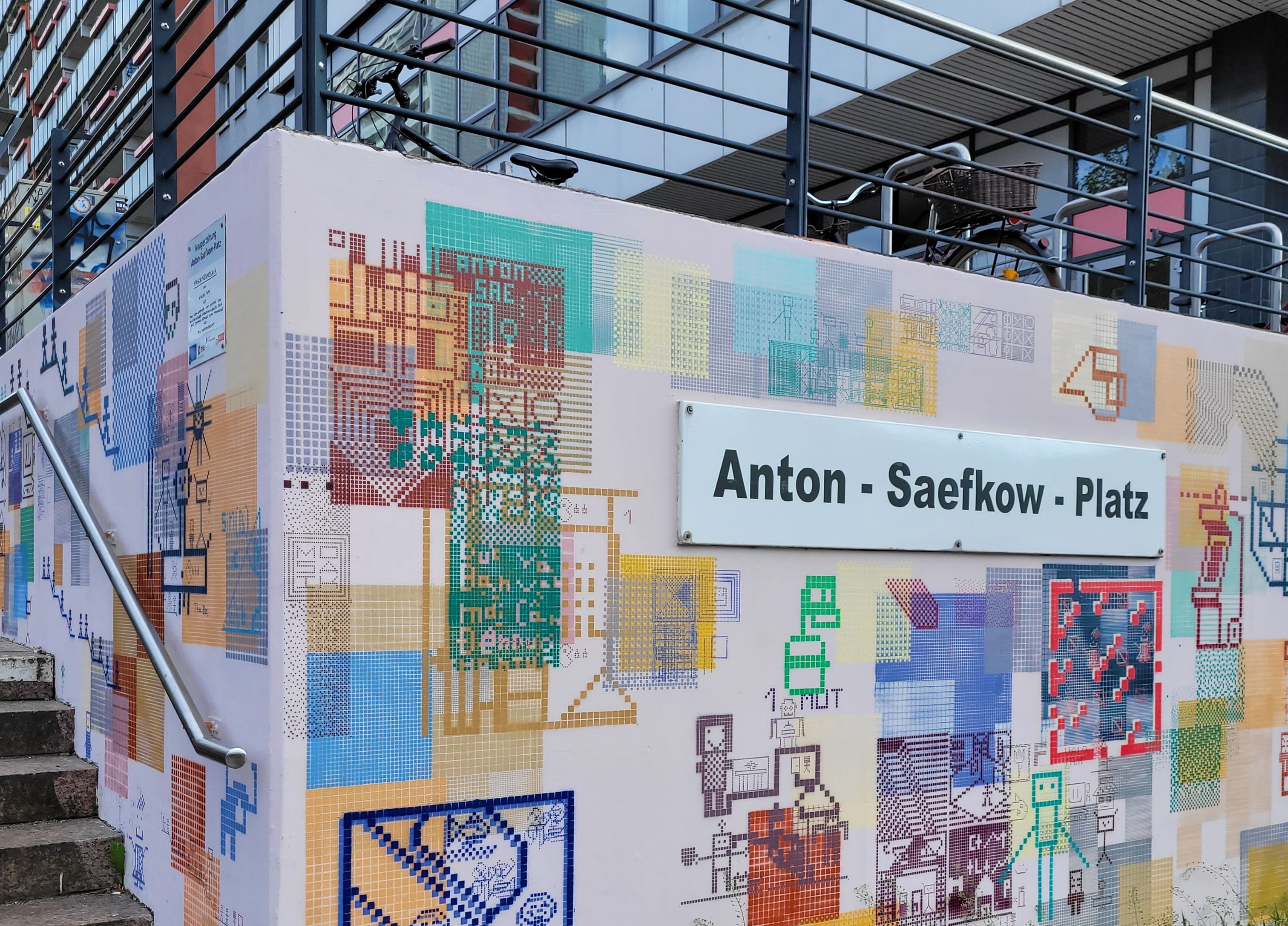The project was launched by the Berlin housing association HOWOGE, which applied for the “Cleanliness and Safety in Large Housing Estates” funding program with a corresponding project proposal. In this case, the sponsors are the Berlin Senate and the Lichtenberg district office; Endter is employed by Immobilien Service Deutschland (ISD), which was awarded the contract as a service provider in a tender by HOWOGE. The neighborhood caretaker is not a classic caretaker of the housing association, but is literally responsible for the public and semi-public areas in the entire neighborhood. “The focus is on the outdoor space, regardless of ownership,” explains Carolin Gwiszcz, project manager at HOWOGE. Here the neighborhood caretaker is supposed to “get involved” – as a caretaker, a doer and a bit of an all-rounder.
New neighborhood caretaker for more cleanliness and safety in the neighborhood
At six in the morning, Markus Endter sets off for the large Berlin settlement at Fennpfuhl. Driving around objects, checking on everything, collecting rubbish, documenting damage or simply repairing things in an uncomplicated manner: Endter has been working as a neighborhood caretaker in Berlin's oldest prefabricated housing estate in the former eastern part of the city since September. The district has around 15,000 apartments - “there is a lot to do and it is often not immediately clear who is responsible,” says Endter. Bulky waste, graffiti, rubbish, but also smaller inconsistencies in society – that's what the neighborhood caretaker is now there for. It closes the gaps where the responsibilities of other institutions such as the police, public order office, parks department or city cleaning department and apartment owners end or lie in the gray area. “I help out wherever possible. If the seat is broken or a sign is crooked, I'll repair it. I always have tools with me for this. I only pass on the information if there is major damage,” says the trained car mechanic, who has 18 years of experience as a caretaker.

Responsibilities in the authorities are often unclear
Endter has divided the Fennpfuhl into different “areas” so that his work has structure, as he himself says. You can recognize him by his uniform with the words “Kiezhausmeister” written on it. Endter travels sometimes by car, sometimes on foot, sometimes on a bicycle. The 53-year-old particularly enjoys the variety, the independent work and the contact with the people in the area. For the job as a neighborhood caretaker, you need technical skills as well as a big-picture view and a lot of sensitivity for the concerns of the residents, says Endter.
Endter is not the first neighborhood caretaker in Berlin. Several neighborhood caretakers have already been and are working in the Neukölln and Friedrichshain-Kreuzberg districts. For the Fennpfuhl, the project is initially limited to the end of April 2024. An extension is sought. Whether it will be successful remains to be seen, but those involved in the project will do everything they can to make it happen. Sometimes, says Endter, you just have to do it. After all, it serves the common good.
